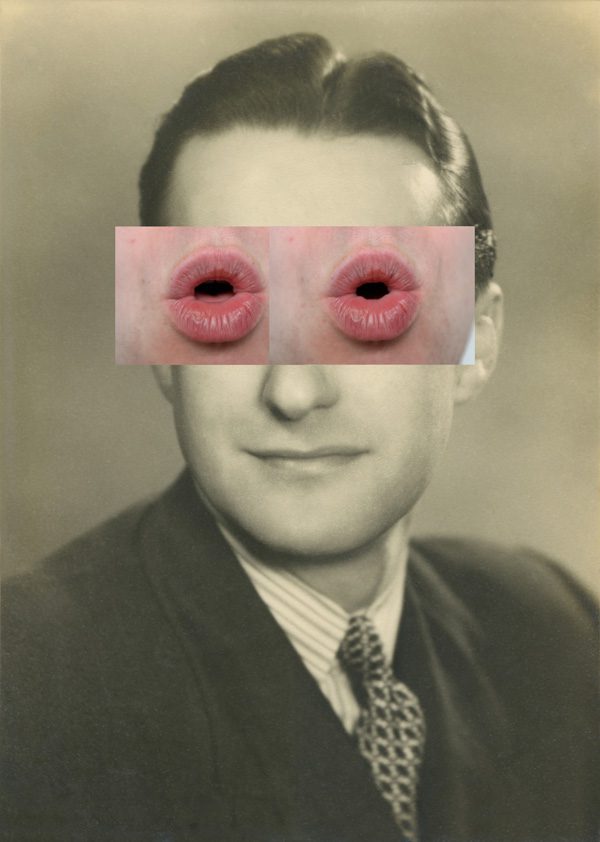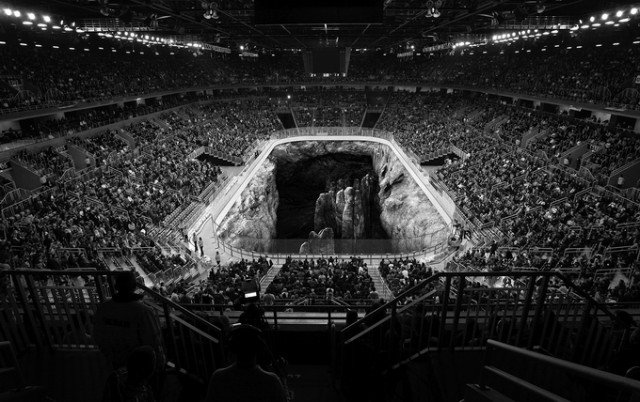London born photographer Jonny Briggs adopts a dynamic approach to his work so as his work may all have a similar yet deep underlying meaning, the productions are all very unique and different from one another. Briggs hosted a presentation for us to experience and enjoy all his work, which he bases on his family ordeals, particularly how he lived in his sister’s overriding shadows as well as focusing on his struggling relationship with this father. Not only was the delivery of the presentation interesting throughout but the content within the presentation was very peculiar yet meaningful.
Although Briggs is a photographer, he revealed his bad experiences of photographs led him to photography, because as a child his family would create this facade and ignore the problems within their life in order to portray a healthy family circle.
“In search of lost parts of my childhood I try to think outside the reality I was socialised into and create new ones with my parents and self.”
I was particularly interested in Briggs’s fascination with opposites, for example ‘desires’ and ‘disgust’, giving this sense of bathos. Throughout his work, Briggs defies the expectations of photography as he incorporates the unthinkable to his work, relating to his cry for attention following his loss of some areas in his childhood.

Linking to our given theme, Briggs uses family and the environment to express his emotion through photography. For example, this image deemed “Reclamation, 2011” displays Briggs posing for a picture with his father (right). Briggs is wearing an enlarged wooden mask of his father’s head, however, the internal mould of the mask fits Jonny’s face but pushes his cheeks into a forced, reflecting the family photos he used to dread. An alternative point to note is the close proximity of Briggs junior and Briggs senior as the pair struggled to form a solid bond in Jonny’s younger years, so perhaps their affection is a an appeasement for what Jonny had missed out upon as a youngster.

During the presentation, the question of the relevance of the forrest based scenery was asked and Briggs responded that when he was younger, he developed his imagination by using the forest as a setting for applying his infatuation with Disney movies and how they often allow him to divert from the troubles of his childhood. It’s interesting that Briggs found comfort within a specific environment and believed the significance of the scene was enough to set his photograph there.























